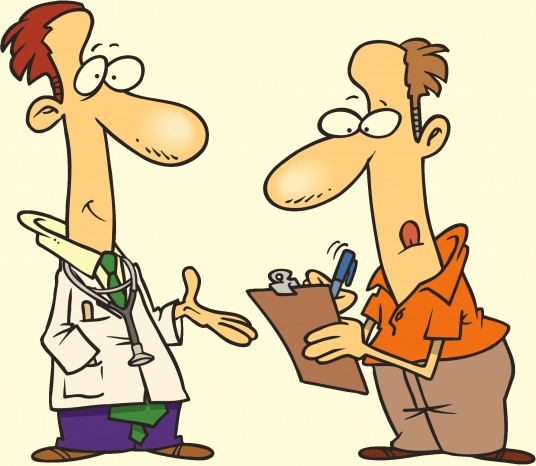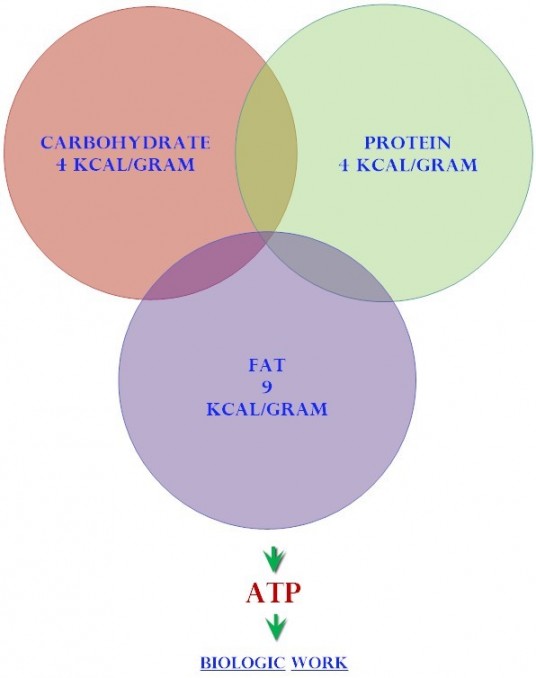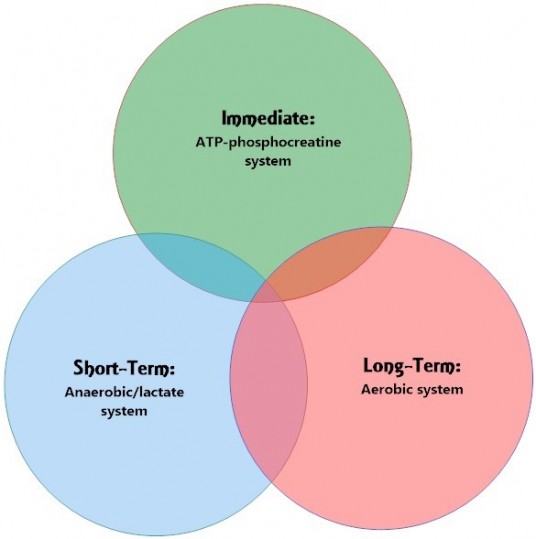Sports nutrition is the study and practice of nutrition and diet as it relates to athletic performance. It is concerned with the type and quantity of fluid and food taken by an athlete, and deals with nutrients such as vitamins, minerals, supplements and organic substances such as carbohydrates, proteins, and fats.
From the time when the ancient Greeks started the Olympic Games, the athletes had their own special regimen for great performance, which included water and nutrition. For example, Milo of Croton, the wrestler with legendary strength who won five successive Olympic Games from 532 to 516 B.C., ate “9 kilograms (20 lbs.) of meat, 9 kilograms (20 lbs.) of bread and 8.5 litters (18 US pints) of wine a day,” according to Athenaeus and Pausanias. Alcohol was a common drink as an ergogenic aid to increase performance in the Olympics through the early 1900s.
The view of sports nutrition today has much evolved from the ancient Olympic gladiators’ meal plan. Scientists are continually interested in learning more about this abiding subject. Research shows that the coupling of exercise and proper diet is what produces a healthy lifestyle that can maintain the ‘prevention/management of chronic diseases such as noninsulin-independent diabetes, hypertension, coronary heart disease, osteoporosis, obesity, mental health, colon cancers, stroke and back injury’.
In 2008, US News reported that 65% of Americans exercised regularly by working out, playing sports, and/or other physical activities, thus the importance of proper nutrition is of great interest to athletes and exercisers for optimal performance and long-term benefits.
In addition to diet, social and cultural influences, lifestyle habits, motivation and training determine successful athletic performance. However, without proper nutrition, the full potential of the athlete cannot be realized. Because performance will not be at its peak, training levels may not be sustained, recovery from injury will be slower, and the athlete may become more susceptible to injury and infection.
Understanding sports nutrition leads to optimal athletic performance and lifetime health benefits, and can thus be evaluated by the intake of certain nutrients and supplements when exercising, by learning the way the body utilizes these materials and how these practices complement future diet and exercise of the individual.
Goals of a Nutrition and Performance Plan
Individualize:
Certainly, generalizations can be made about the diets of athletes, but it is paramount to gain an understanding of an individual athlete’s eating behaviors, food preferences, current nutrition knowledge, availability to food, and motivation for change when advising an athlete about nutrition.
Promote a State of Energy Flux:
The goal is to achieve the appropriate nutrient timing and overall caloric intake to best support the daily metabolic, physical, and mental demands of an athlete’s training, competition, and their other daily activities (as students, for example).
Optimize Body Composition:
Strive to sustain an optimal balance of fat-free mass and fat mass that best promotes a state of health and performance for the individual athlete.
Instill Responsibility and Empowerment:
It is impossible for a medical professional, nutritionist or dietician, coach, or parent to eat for an athlete. Therefore, it is imperative that the athlete take ownership of his/her own health and eating habits to promote positive outcomes.
It is important to emphasize that lifestyle habits off the field (e.g., eating properly, getting adequate sleep, etc.) are just as influential to training as training itself.
Assessing an athlete’s importance and confidence to take this ownership and make whatever changes are necessary can help facilitate successful eating habits and, hence, better performance and health.
Think Long-Term and Proactively:
Younger athletes often think that they can ‘get away’ with less than optimal eating behaviors and food choices.
Nonetheless, poor eating habits instilled in youth may affect health later in life. Even young athletes should know how nutrition influences growth, health, and physical and mental performance. All youngsters should receive this kind of information, athletes or not.
The Physiology of Exercise – Energy Transfer
Adenosine triphosphate (ATP) is the high-energy compound that is harvested from the oxidation of the macronutrients (carbohydrate, protein, and fat) in food, and allows cells to do their biologic work.
Cells store a limited quantity of ATP, and consequently ATP must be resynthesized. ATP concentration changes rapidly in response to cellular metabolism. Hence, the imbalance stimulates the breakdown of other stored energy-containing compounds.
This change in ATP concentration depends largely on the intensity of the activity undertaken. This intensity level determines the major contributing source (Fig. 4) of ATP for the working muscles.
Energy is transferred either anaerobically or aerobically, but no form of exercise is exclusively one or the other.
- The Immediate System:
- The ATP/phosphocreatine system fuels high-intensity or high power bursts of activity lasting five to six seconds (e.g., powerlifting, short all-out sprinting such as 50-100 meters.
- Creatine is derived from animal food sources such as meat, poultry, and fish.
- The Short-Term System:
- Human cells’ capacity for glycolysis (click to watch a brief video about glycolysis) remains crucial during physical activities that require maximal exertion for up to ninety seconds whenever adequate oxygen for aerobic activity is not available.
- Lactate accumulation results when a lactate threshold is reached (Note: beyond this point, the muscles involved begin to ache and weaken.) After the threshold is reached, work intensity decreases because of increased muscle acidity and the inhabitation of fatty acid breakdown.
- Carbohydrate is the only macronutrient that can act as a substrate to supply ATP anaerobically.
The Long-Term System:
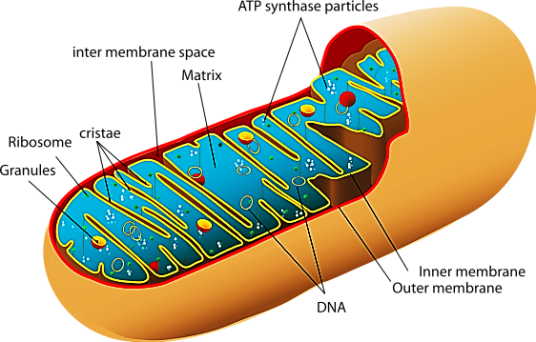
Figure 5. Mitochondrial structure (including mitochondrial DNA). Mitochondria are found within each cell of the body.
- The aerobic energy system takes place in the mitochondria of cells and may use carbohydrates (glucose and glycogen, fats (fatty acids from adipose (fat) tissue and intramuscular triglyceride), or protein (amino acids) as a substrate for ATP in the presence of oxygen.
- The two parts of this energy system include the Krebs cycle and the electron transport chain. The Krebs cycle refers to a complex series of chemical reactions that produce carbon dioxide and Adenosine triphosphate (ATP). This cycle occurs in all cells that utilize oxygen as part of their respiration process; this includes those cells of creatures from the higher animal kingdom such as humans. Carbon dioxide is important for various reasons, the main one being that it stimulates breathing, while ATP provides cells with the energy required for the synthesis of proteins from amino acids and the replication of deoxyribonucleic acid (DNA); both are vital for energy supply and for life to continue. In short, the Krebs cycle constitutes the discovery of the major source of energy in all living organisms.
- The electron transport chain is the final stage of aerobic respiration. It utilizes the molecules of NADH (a naturally occurring and vital compound found in all living cells of plants, animals, and humans).
- It is essential for adequate energy production, and Flavin Adenine Dinucleotide (FADH2) is an electron accepter that is utilized in cellular respiration. It is produced during the Krebs cycle of cellular respiration. It then brings the electrons to the cytochrome complex. Electrons accepted by FADH2 enter the cytochrome complex (cytochrome oxidase is one of a superfamily of proteins which act as the terminal enzymes of respiratory chains) later than electrons accepted by NADH, and therefore produce less ATP) formed during glycolysis and the Krebs cycle to produce great amounts of ATP for energy.
Energy Storage
- Energy is stored in the chemical bonds of dietary carbohydrates, fats, and proteins.
- Glucose and fatty acids are the primary source of energy for skeletal muscle. Amino acids (from protein) are not a preferred source of energy for working muscles, but serve more regulatory, structural, and functional purposes.
- Muscle and liver glycogen are the storage reservoirs for dietary carbohydrates. An adult liver can store approximately 100 grams of glycogen, and the muscles can store 400 grams of glycogen.

Figure 6. DAT with the Ball. Energy stores in humans: Distribution and quantity of energy stored as fat and carbohydrate in an average 80 kg (176.3698 lbs.) person.
|
TOTAL CARBOHYDRATE: 503 g (2012 kcal) |
TOTAL FAT: 12,304 g (108,000 kcal) |
|
Liver Glycogen 100 g (400 kcal) |
Adipose Tissue 12,000 g (108,000 kcal) |
|
Plasma Glucose 3 g (12 kcal) |
Plasma Triglyceride 4 g (36 kcal) |
|
Muscle Glycogen 400g (1600 kcal) |
Intramuscular Triglycerides 300 g (2700 kcal) |
|
|
Plasma FFA .4 g (3.6 kcal) |
|
|
|
Nutrient Requirements – Energy (Daily Caloric Requirements)
Energy Intakes of Athletes:
Energy intake is highly variable depending on the age, gender, and body size of the athlete, well as the frequency, duration, and intensity of training. Male athletes may consume, on average, 4000-6000 kcal/day, and female athletes may consume anywhere between 1600-3000 kcal/day. A state of ‘energy drain’ – a condition in which energy demands far exceed energy intake – is commonly observed in female athletes.
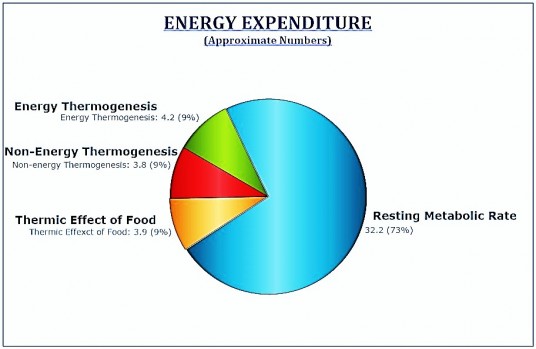
Figure 7. Energy expenditures in humans. The percentages are closely approximate, but the relative ratios are in line with research finding (EE).
Energy Balance Equation:
- The energy ingested and the energy expended must be accounted for; thus, the first law of thermodynamics serves as the basis for the energy balance equation. Balancing energy intake and expenditure represents a primary goal of physically active individuals who desire body mass maintenance.
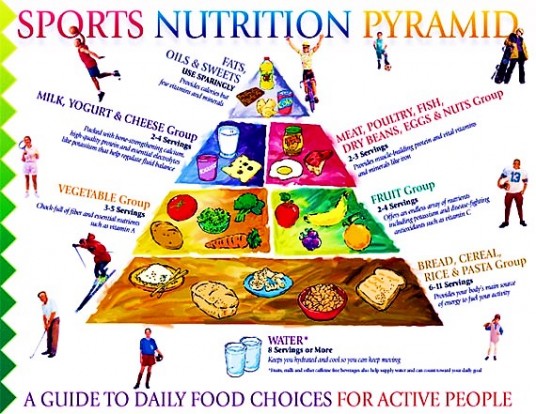
Figure 8. Energy Intake (EI). The two illustrations show the energy balance equation (the two must be in balance). Intake of adequate calories (kcal), in addition to an optimal nutrient composition, helps support the daily energy demands of training and competition. When an athlete desires to manipulate body mass, the state of energy balance needs to be manipulated. Weight loss=EI<EE; Weight gain=EI>EE.
Importance of Energy Balance:
- A balance between ingested and expended energy optimizes physical performance, maintains lean body mass, maximizes positive training adaptations, protects immune and reproductive function, and assists in reaching optimal mental performance (see earlier article on subject).
Regulation of Human Energy Intake:
- The factors that regulate human energy intake and expenditure are complex, and include both physiological and psychosocial elements.
Physiological Signals:
- Intake is regulated by the hypothalamus, which integrates gastrointestinal-related signals, signals perpetuated by macronutrient metabolism, chemical signals from the central and peripheral nervous systems that are either anabolic (hunger-stimulating) such as neuropeptide Y, or catabolic (hunger-suppressing, such as leptin) to determine the biological drive to eat or not eat.
- In addition, the hypothalamus is important in integrating biological cycles (from biological clocks in every cell in the body – the hypothalamus being called the ‘master clock)’ into the entire chemical functioning of the body, including various organs and drives. This is important in energy intake and functioning.
Psychosocial Signals:
- Team or sport culture (e.g., a wrestler restricting food intake to make a specific weight), behavioral factors (e.g., eating before bed or skipping breakfast), and environmental factors (e.g., food availability, portion sizes, sensory qualities of food) may greatly influence an athlete’s eating behaviors and beliefs about food.
Total Daily Energy Expenditure (TDEE):
- Many dynamics influence daily caloric needs including age, gender, genetics, stress, total body weight, and amount of lean body mass. The amount of energy expended varies widely among individuals
- and even within the same person on different days.
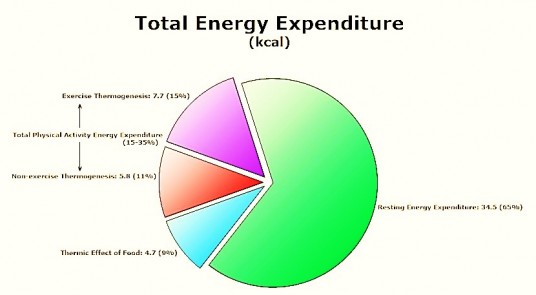
Figure 9. Total Energy Expenditure. Resting energy expenditure is also sometimes called resting metabolism.
- Resting Energy Expenditure:
- The largest component, accounting for 60-75% of total resting energy expenditure. Its biggest determinant is body size, specifically lean mass, including skeletal muscle and internal organ metabolism.
- Exercise Thermogenesis:
- There are two components (together – 15-35%):
- Non-exercise Thermogenesis:
- This includes energy expenditure from maintenance of posture, the activities of daily living, and even things like fidgeting.
- Physical Activity Expenditure:
- For athletes, this includes energy expenditure from daily training and competition, in addition to recreational exercise.
- Non-exercise Thermogenesis:
- There are two components (together – 15-35%):
- Thermic Effect of Food:
- This accounts for about 5-10% of thermic effect of food and represents the increase in energy expenditure for digestion, absorption, and assimilation of macronutrients.
It is clear that this kind of information is useful not only for athletes, but for people with weight problems who are looking to make changes that can help them, and for people wanting to optimize their energy levels.
This concludes Part 1 on this topic.
Next time, Part 2, we will look at macronutrients, micronutrients, proper hydration and electrolytes, nutrient timing, issues of weight and body composition, and dietary supplements (although that will require a Part 3 to cover it correctly).
Related Articles:
Chip Kelly Update: Everything's Good Again ...
Chip Kelly Update: Wailing and Gnashing of Teeth
Shock and Awe -- The Oregon Ducks' Football Hangover Effect
Despite Lopsided Score, Georgia State "Never Stopped Believing"
Hope Springs Eternal for Ducks
Incompetent Pac-12 Officials: How Do You Miss ALL of THIS?
NeuroDocDuck (Dr. Driesen) is a doctor who specializes in neurology, and sports medicine. He is an Oregon alumnus, completing his medical education and training in the UK. He has been both a practicing clinician and professor, a well-known and respected diagnostician, an author, and has appeared on national television.
NeuroDocDuck is active in his profession, and stays current on all new trends in his field. He enjoys golf and loves his Ducks!

